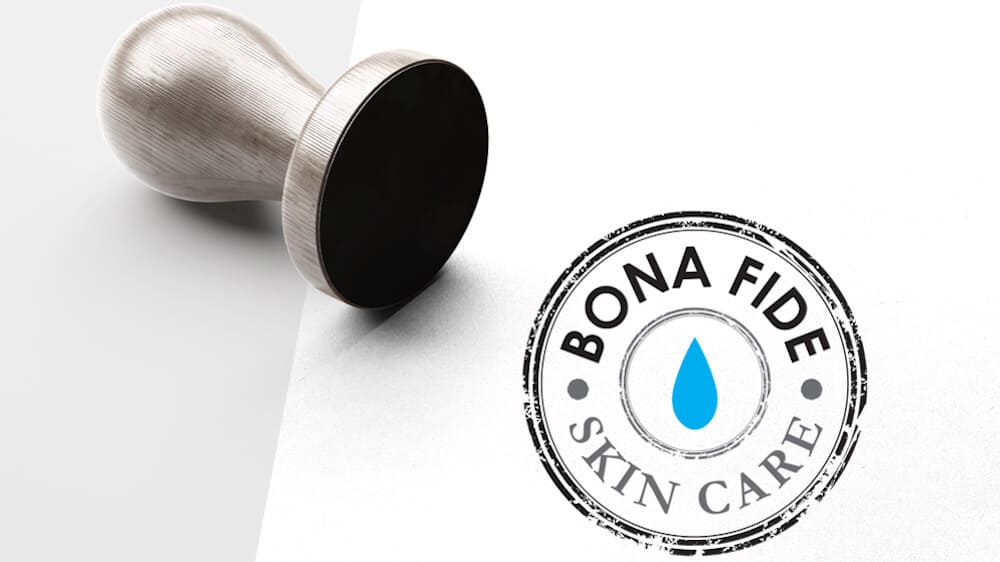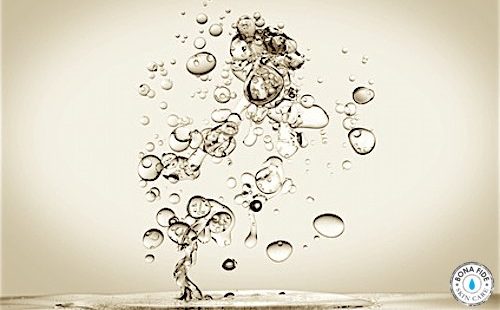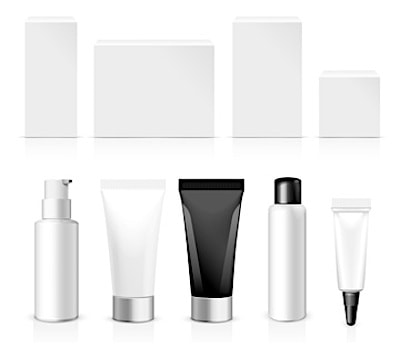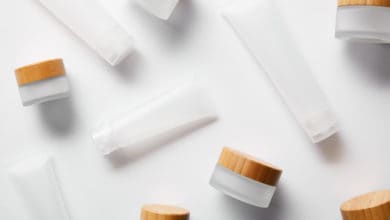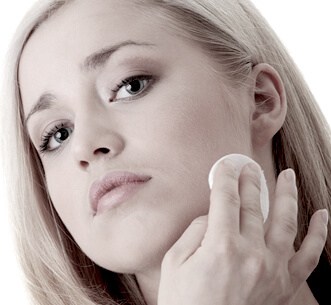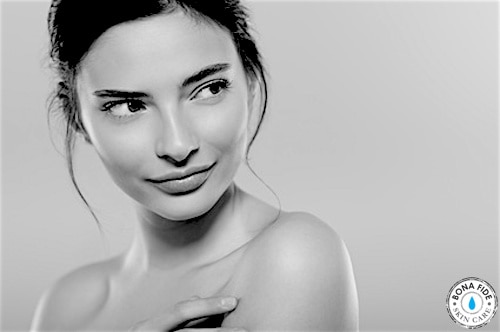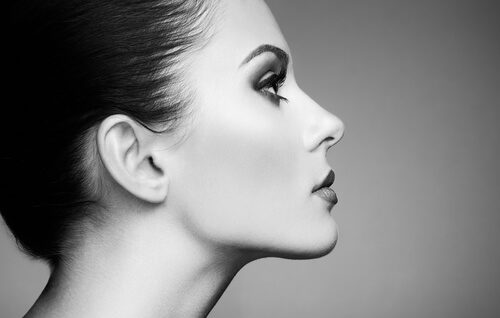Retinol Side Effects: What They Are and How to Deal with Them
Retinol is one of the best skin care options for improving your skin. But—like any active ingredient—you might experience some side effects.
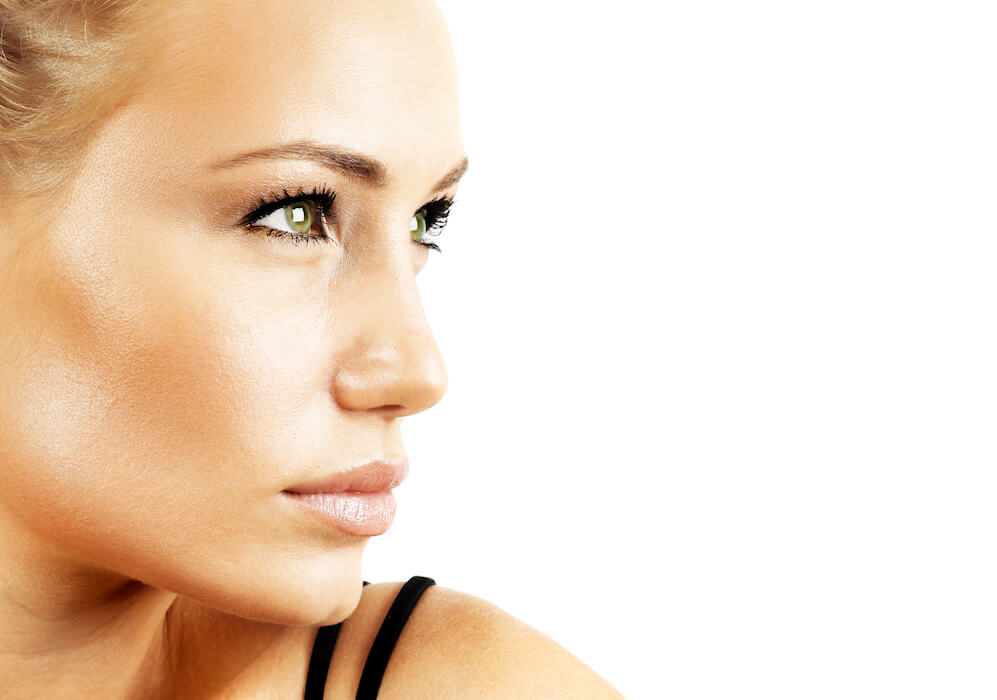
This article will show you how to deal with any retinol side effects and lessen their impact. The right product used correctly can seriously change your skin—so read on!
Note: Retinol is Different to Prescription Vitamin A
This is confusing….. Retinol is one of the retinoids, or derivatives, of vitamin A. Retinol is one step “down” from retinoic acid chemically, so it isn’t as strong and can be tolerated easier. It’s also available over-the-counter, unlike Retin-a or Tretinoin, which you must get via prescription.
See also: A Personal Experience With Retin-A
This over-the-counter retinoid does deliver similar benefits, just not as strong or as quick.
Retinol is still active and still effective, especially for anti aging concerns like wrinkles, fine lines, dull skin and pigmentation. Hence it can still cause side effects and needs to be used properly.
What to Expect
It all depends on how your skin reacts. But if you’re using a quality product, meaning the retinol is in the right dose and formulation so it’s able to be delivered to the skin, you can expect at least some of the following:
*Important* These side effects are temporary, usually improving in 2 – 6weeks depending on your skin.
As long as you build tolerance up properly with the right product, you will get the benefits! How to build up tolerance correctly is below…
How to Deal with Common Retinol Side Effects:
Redness
Redness is usually accompanied with a “windburn” feeling or hotness. This can start right after you apply it, or may develop later after a few applications.
To lessen this redness, don’t apply your retinol cream right after a hot shower or when your face is still hot from exercise.
Hot rooms and extremes in temperature can make this worse, so try to avoid those as much as possible while your skin is getting used to it.
Slight flaking/peeling and dry skin
- Retinoids increase turnover of skin cells, so the top layer of your skin is also turning over at a faster rate. These dead skin cells stay on skin’s surface and cause the flaking, or ‘dusting’.
- This is sometimes thought of as exfoliation. But technically it is not exfoliating, as the dead skin cells aren’t removed.
- Continued use improves this. Don’t be tempted to use any harsh exfoliants at the same time, as this will irritate skin further.
- A soothing and hydrating mask used 2 or 3 times a week helps. A good hydrating day time moisturizer is important.
- Apply a thin layer of Vaseline before bed (after the retinol product has had time to dry and soak into skin). Cleanse your face properly in the morning. This can seriously help with dryness and flaking.
Uncomfortable tightness
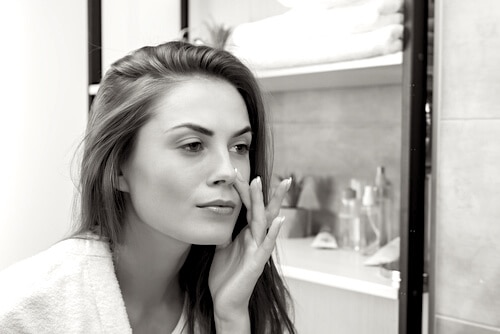
Uncomfortable because tight feeling skin isn’t always a bad thing. This is often a sign the product is working.
But it can be uncomfortable and generally feels as though your skin has been pulled in. It usually accompanies the “windburn” feeling above.
This can also be relieved by applying Vaseline at night or a soothing moisturizer over top.
Itching
You skin may start itching slightly, particularly on the cheek area. This is from the speed up of cell turnover—kind of like how a wound itches when it starts healing.
Not unbearable, but not fun either.
If you must itch, just use your finger tips lightly!
Again, a thin layer of soothing moisturizer or aloe vera gel over top can make a difference. A cool wash cloth held to your skin for a few minutes also helps.
Breakouts/pimples
Not everyone experiences breakouts with topical creams. But this “purge” can happen when skin cell turnover and sebum production increase, leading to blocked pores.
If you normally have acne you may be more likely to experience this.
Even if your skin is clear, don’t be surprised if one or two breakouts come to the surface when you first start using retinol products. It may simply be some “underlying” breakouts coming to the surface by the action of retinol.
Keep using the product and know that this is usually temporary.
Once skin is more balanced, it will be clearer over all, well worth it!
When Side Effects Are Not Normal: what to do
Some side effects are more severe, and with these you may like to reassess your use of Retinol. They can be similar to the above but more extreme – with severe redness, irritation and sensitivity:
- Your skin might not tolerate Retinol. In fact, some people have more luck with prescription Vitamin A than over the counter (OTC) retinol!
- If you’re using a good Retinol product (like RoC Cream) and building up slowly, but find your skin can’t tolerate it, consider speaking to a dermatologist. A prescription vitamin A might work better for you.
- Irritation to the eyes is possible. Stop using the product and see your doctor. Don’t apply the product to the eye area—go no higher than the orbital bone.
How to Use Retinol For the Best Results:
The following tips will help you get the most out of using Retinol by building your skins tolerance correctly, so you can experience the benefits while lessening the side effects!
First: Choose the Right Topical Product
Retinoid Gel
Gels are generally more drying as they don’t contain skin-hydrating emollients. Retinoid gels are a great option for acne or oily skins—successfully treating acne usually involves drying it out.
Retinoids Cream
A cream is the most popular way to use a retinoid, it is the easiest and most gentle option.
You can simply use it in replace of your usual night cream. And because it will include other “heavy” emollient ingredients irritation is slightly less likely.
Serums
A serum can be applied before another product, so is a good option if you prefer to keep using a normal night cream or enjoy layering. But retinol is usually more effective in a cream or lotion.
But a quality vitamin c serum can enhance the anti aging, brightening benefits if used together.
Second: How to Use Retinol for Best Results
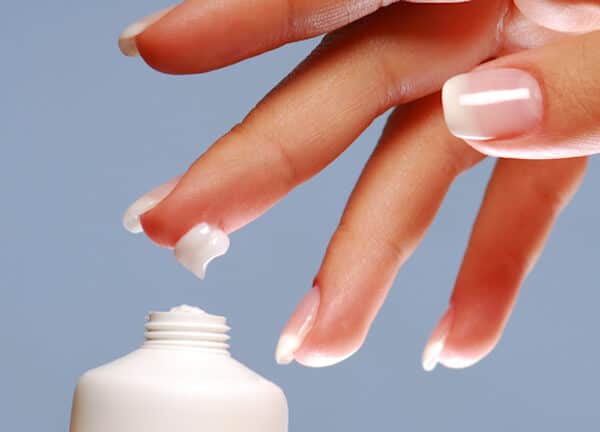
1. Do a patch test before using the first time:
Put a small amount behind your ear or underneath your jaw leave for 12-24hours. If there is no reaction, continue to use on your face.
2. Apply to cleansed and dry skin
Use a mild cleanser in the first few weeks. An exfoliating cleanser might make your skin extra dry.
3. For the first one to two weeks:
Apply it 2 or 3 times a week at night. Then increase to every night as your skin feels okay.
Decrease the frequency any time you feel it’s too much—if your skin feels hot or tight, or gets too dry.
4. After 4 – 6weeks of use:
You should be seeing benefits already and have a good idea of how your skin is tolerating it.
5. While your skin is getting used to Retinol in the first 2-4 weeks:
Stop using any AHA’s (like glycolic acid) or BHA’s (like salicylic acid). After this time or longer (you will be able to tell when your skin can handle it) you can reintroduce these products.
Use them in the morning to lessen irritation.
6. Use Retinol along with AHA/BHA’s…
…you can apply the exfoliant directly before using retinol. This can increase the benefits.
Be careful with this approach, go slowly and monitor your skin.
7. Always wear sunscreen
New, vulnerable skin cells are coming to the surface faster so it is vital they are protected from the sun.
Perhaps more importantly—retinoids are easily damaged on exposure to sun light. This is why products must come in opaque containers.
So it is doubly important to protect your skin daily: to prevent any damage to skin and any damage to the product itself (which will render it useless).
FAQ’s
Can I use retinoids if I have sensitive skin?
You certainly can. Do the patch test mentioned above before starting (place a small amount of product behind your ear for 24hours).
You may need to build up tolerance slower to prevent irritation. Start using the product every third day.
If your skin is fine after three weeks, increase the frequency to every second day.
Do retinol side effects mean it is bad for your skin?
Like anything, too much can be “bad” for your skin. Follow the tips on this page and the instructions on your product, and you will enjoy the benefits.
Remember to adjust your usage to suit you. If you are experience any signs of irritation you can always take a step back and reduce the frequency for a few days. You are in control!
